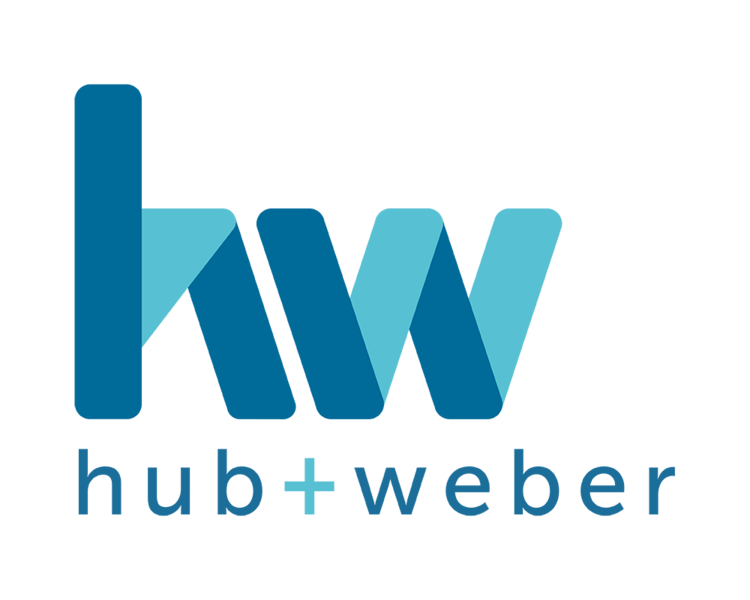The greening of everything is trendy right now. Everyone is talking about it and some actually practice it. But what does it actually mean?
Greening is the process of transforming a space, a lifestyle, or a brand image into a more environmentally friendly version.
There are three categories of “green” you can be:
- The “accidental” kind of green. You don’t need all the bells and whistles. Being “accidentally” green makes sense. The building codes reinforce this kind green and are progressively becoming more energy stringent. The building codes help you be a little green without really trying.
- The “show me the money” green. This kind of green allows you to take advantage of tax incentives, grants, and energy buy back. This kind of green allows you to make money off of your want/need to be green.
- The “bragging rights” kind of deep, dark green that allows you to tell people about how green you are. You’re able to become certified to get a plaque to hang on your house or business that tells everyone that you’re as green as they come! This kind of green will allow you to charge higher rents, or get more money if you sell your house or building; because, it’s so green and energy efficient the utility costs are lower than a regular house or building.
Some ideas of greening your current home might include: planting an herb garden, washing your laundry in cold water instead of hot, turning your water heater down by ten degrees, and paying all of your bills online. Which are all ideas that can be done without major construction.
If you wanted to go even further in greening your house you could install occupancy sensors in rooms like a bathroom, or hallway, or motion detectors on your outside lights. Correspondingly, replacing your five most frequently used light fixtures or the light-bulbs in them with more energy efficient products will help the environment while saving about $70 a year on your energy bills.
Greening your office can be pretty easy too. By simply getting a plant for your desk, printing on both sides of the paper (or not printing at all), and canceling unwanted magazine or newspaper subscriptions.
Because we’re working on greening our office, we have a Big Ass Fan and it’s working for us these days. Since our office is in the lobby of the Covington Station, and we have 22 foot ceilings - it’s large and requires a LOT of heating and cooling. That requires money, and no one wants to spend money.
The idea is this: if your furnace and HVAC units have to work less, then your electricity bill goes down. And in order to make them work less, you have to have more air movement. So, our giant fan does more than look pretty! It also helps circulate the hot air back down to the ground level keeping the air stratification to a minimum. (Air stratification is the idea that hot air rises, the thermostat still senses the colder air closer to the ground; and keeps the furnace running. The hottest air is near the ceiling and the floor is usually cold. Basic physics.) We’re accidentally green! But we’re working on being greener and can help others be different kinds of green too.
Green building (also known as green construction or sustainable building) refers to both a structure and the use of processes that are environmentally responsible and resource-efficient throughout a building’s life-cycle: from siting to design, construction, operation, maintenance, renovation, and demolition. In other words, green building design involves finding the balance between building and the sustainable environment. The intent of sustainable design is to create buildings that improve the quality of life for people and the environment we live in.
H+W has designed some of these energy efficient projects such as the Clifton Hills Senior Housing which is the 1st first multi-family LEED (Leadership in Environmental Energy Design) Platinum Certified project in Northern Kentucky with 91.5 points and on the Scholar House of Northern Kentucky, which will be receiving LEED Gold certification for energy efficiency and is on track to receive official certification by this spring.
There are four levels of LEED certification: certified, Silver, Gold, and Platinum. As it relates to our earlier categorization of greenness, gold is “show me the money” and platinum, is the “bragging rights” kind of green.
In addition to helping you make green choices for your building, we can help you collect data, and track progress for your building and help you get certified by the U.S. Green Building Council (USGBC) for your desired green level. In order to receive certification, your building has to earn points throughout the design and the construction phases; these points are earned by monitoring and documenting progress in the five LEED credit categories: sustainable sites, water efficiency, energy and atmosphere, materials and resources, and indoor environmental qualities. We are fully equipped to help you make those green decisions and help you get certified with the USGBC.
The City of Cincinnati has adopted a measure providing an automatic 100% real property tax exemption of the assessed property value for newly constructed or rehabilitated commercial or residential properties that earn a minimum of LEED Certified. (Additionally, the City of Cincinnati and the Greater Cincinnati Energy Alliance have teamed up to help residents lower their utility bills and expand their home’s comfort. Under the partnership, Cincinnati residents can now receive up to $1,500 off home energy improvements through the Energy Alliance’s Home Performance with ENERGY STAR® Program.)
Interested? Give us a call, we can talk about where you are with your energy efficiency. We can survey and analyze energy flows through a building to quantify current energy costs and design improvements to reduce future energy costs.


